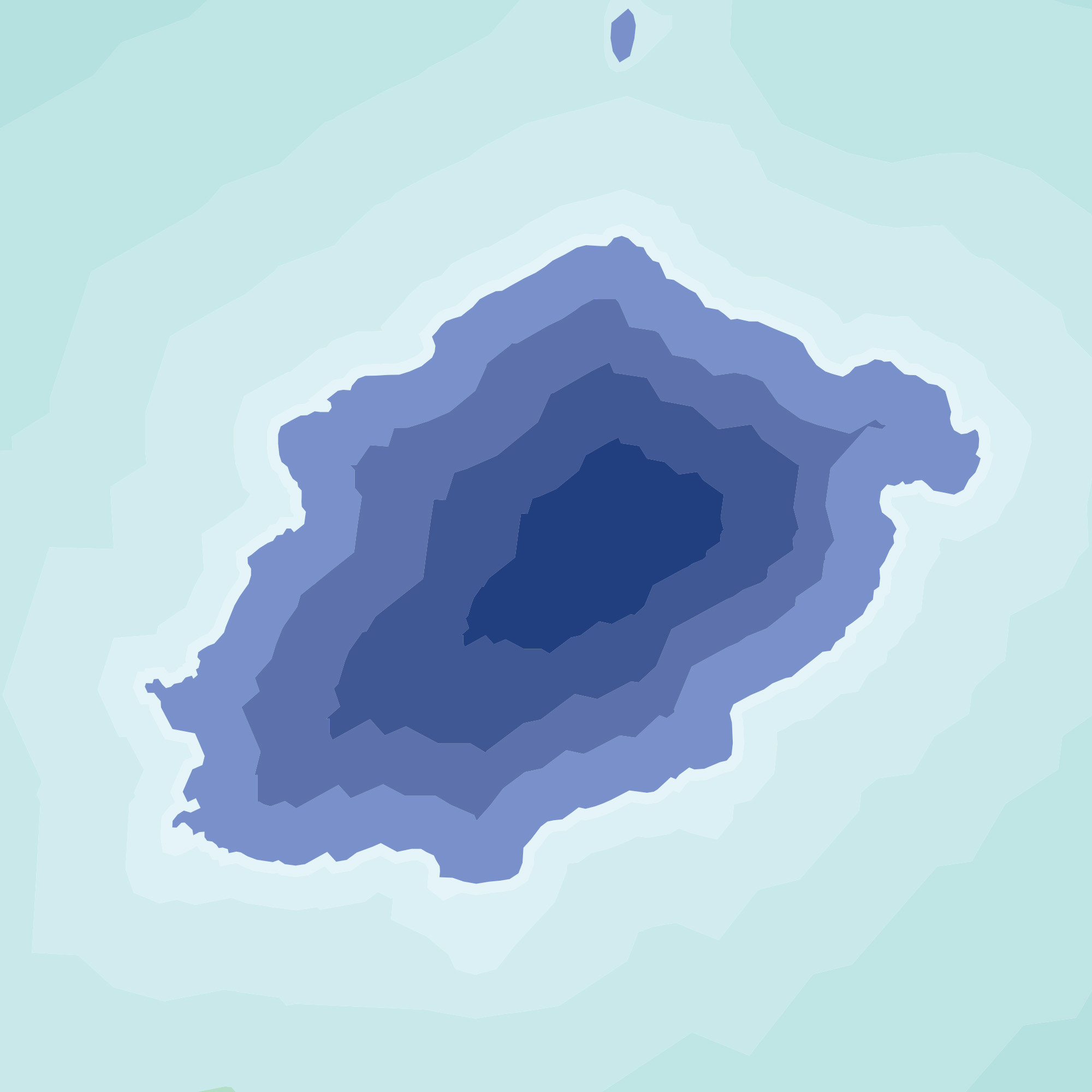Notes
1
All quotes come from the book Lettere dal Carcere (Letters from the prison), which collects all the mails that Antonio Gramsci sent to friends and family during the years he passed in prison, published by Einauidi in 1947. Antonio Gramsci, Lettere dal carcere, eds. Palmiro Togliatti and Felice Platone (Torino: Einaudi, 1947).
© 2020 e-flux and the author
